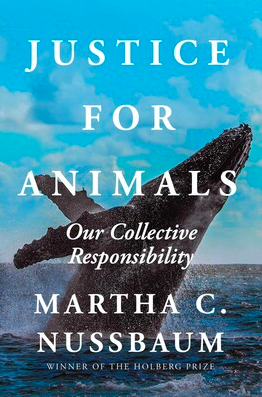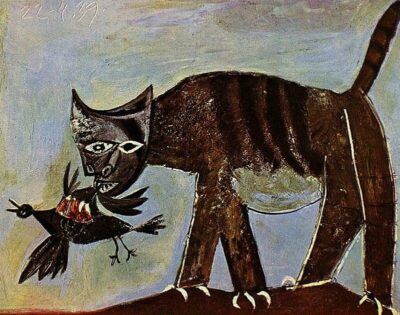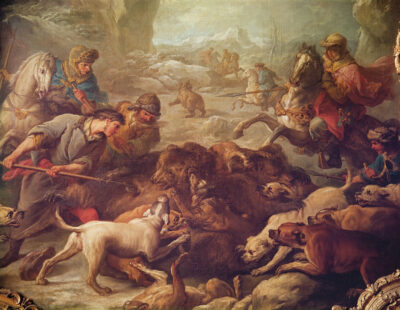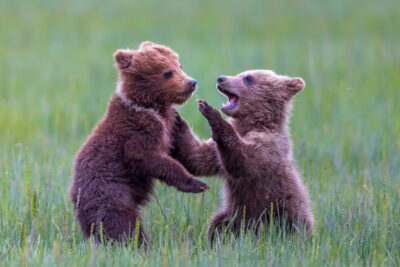| Creator | Toho Company Ltd. |
| Media Form | Image |
| Genre | Theatrical release poster |
| Date and Location of Creation | 1954, Japan |
| Publication Information | Movie poster made by Toho Company Ltd. (東宝株式会社, Tōhō Kabushiki-kaisha) Toho Company Ltd. (東宝株式会社, Tōhō Kabushiki-kaisha) © 1954 |
| “Predator” Represented | Godzilla |
King Kong, Godzilla, The Meg; What do these three have in common?
The monsters in these three franchises of films exemplify a trope called the Kaiju (怪獣). The Kaiju is, in the shortest way I can explain it, a giant monster that terrorizes whole cities and large metropolitan areas.
Everyone knows about the concept of predators and prey. Where there is a creature, there is always a more powerful creature to eat that creature, and where the stronger creature resides, there is an even stronger creature to consume that one, and so on and so forth. Predators cannot exist without prey. Kaijus are the ultimate predator, a seemingly unbeatable creature unless conquered by many humans together.
King Kong
To dive into the history of the Kaiju, chronologically, King Kong comes first. King Kong (1933), typically regarded as the first Kaiju film, is a movie where a film crew somehow captures a ginormous gorilla on Skull Island and brings him back to New York for public viewing. They are surprised when, while being presented to the public, said large gorilla breaks free of its shackles and kidnaps actress Ann Darrow, who he became obsessed with, from the film crew. Kong, the massive gorilla, climbs the Empire State Building with Ann in hand. Kong eventually is shot by a US military aircraft while at the top of the Empire State Building.
Something I find very interesting about Kong is that he is sometimes regarded as a victim of human greed. Carl Denham, the fictional film director in the film, had a responsibility to protect the people from Kong, but in bringing Kong back to New York to exploit him in the eyes of public curiosity, he endangered people, most notably, the equally fictional actress Ann Darrow. We as humans commonly regard ourselves as being at the top of the food chain, but Denham’s neglect to properly secure Kong and his greed in capturing him speaks on the human condition and how humans, regarding ourselves as the highest of all predators, are also victims of our own greed. This shows how even though we are also predators in our own right, neglecting to consider other people, morals, and the constructs of safety we have put in place in society can quickly turn us into prey, solidifying Kong as an example of the Kaiju or ultimate predator in the presence of human stupidity.
Godzilla
Godzilla (1954), probably the most notable example of the Kaiju, takes everything you learned from King Kong and stomps on it with a big green reptile foot. Instead of a big monkey climbing a building, there’s a giant green monster running around. Godzilla reinforces the idea that the so called “ultimate predator” can be created by human interaction with the environment. In the film, Godzilla was believed to be disturbed by US H-bomb testing in the pacific ocean (Supported by a summary on shmoop.com). This theory is created after a vessel goes missing and a government committee is created to find and exterminate the cause. Godzilla is apparently radioactive or something because he has some kind of nuclear breath going on which makes him a grand threat to humanity. If the theory that bomb testing has awakened Godzilla is true, it shows that humans are curious and/or greedy for new technologies and our curiosity can lead to the unearthing of a grand threat. In my opinion, Godzilla is less prone to being interpreted as a victim than Kong because even though they are both there before human interference, Godzilla is awakened in his own habitat instead of being taken out of his habitat like Kong was; But I digress. Godzilla vs. Kong (2021) probably has some insane plot that merges the two stories, but I don’t necessarily care for researching it as much as I do the first films as Godzilla and King Kong respectively are the first of their kind.
According to an article on Broadly Specific, Godzilla himself is thought to be an allegory for the horror of the attacks on Hiroshima and Nagasaki. Something really interesting to me is that rather than viewing the movie through this lens, the vast majority of people view Godzilla as an icon, a monster that defines the Kaiju movie genre. If you view Godzilla as a response to the atomic bomb, you can emerge with the idea that the film speaks on the human condition just like King Kong does; Godzilla ultimately illustrates the immorality of war and human animosity in the face of disagreement. Yes, Godzilla is a predator, but viewing the film through this lens makes it seem as if he didn’t want to be. Humans created the environment that provoked him to ascend to a status above theirs. This means you could come to the conclusion that both Godzilla and Kong are victims of human stupidity, but each in their own way.
The Meg
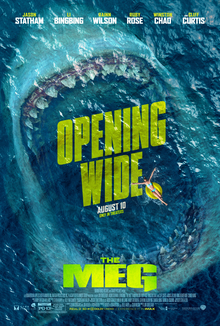
The Meg (2018) is a film that utilizes the Kaiju concepts explored in both Godzilla and King Kong and imposes them on a ginormous shark. In my opinion, this film sucks. Rather than being like Godzilla and King Kong, which were the first of their kind, they focus less on the monster and the plan to get rid of the monster and more on the interpersonal relationships formed by the members of the crew planning to defeat it. Frankly, I don’t want to talk about it here, but you can get why its existence is necessary in conversations surrounding the Kaiju. I think if I wanted to stare at Jason Statham’s forehead for 2 hours I would just watch one of the other, more coherent action films he is in. But, once again, I digress. The Meg still carries on the idea of the hyperbolized, scary, predator terrorizing people.
Kaijus are a much more complex topic than people may think. People who have not viewed Kaiju films may think that Kaijus are the villain in every story, but it may be more complex than that.
Works Cited
Gilliland, Josh. “Kong, King of Strict Liability.” The Legal Geeks, 1 May 2018, https://thelegalgeeks.com/2018/05/01/kong-king-of-strict-liability/. Accessed 26 October 2023.
“Godzilla Destroying Some High Voltage Power Towers.” YouTube, Giant Monster Destruction, 9 March 2019, https://youtu.be/hztbGEvO-rI?si=-4ucRteWGQ0s5kUU. Accessed 26 October 2023.
“Godzilla Summary.” Shmoop, https://www.shmoop.com/study-guides/movie/godzilla/summary. Accessed 26 October 2023.
“Gojira 1954 Japanese Poster.” Wikipedia, Toho Company Ltd., 1954, https://commons.wikimedia.org/wiki/File:Gojira_1954_Japanese_poster.jpg. Accessed 26 October 2023.
“Kaiju.” TV Tropes, https://tvtropes.org/pmwiki/pmwiki.php/Main/Kaiju. Accessed 26 October 2023.
“Kong climbs The Empire State Building ( King Kong 1933 ).” YouTube, seehack, 9 March 2019, https://youtu.be/CuRQH_hLcTw?si=Bg_NYg2oicVwLxKc. Accessed 26 October 2023.
“The Meg Movie Poster (#6 of 26).” IMP Awards, 19 June 2018, http://www.impawards.com/2018/meg_ver6.html. Accessed 26 October 2023.
“Predator-Prey Relationships — New England Complex Systems Institute.” New England Complex Systems Institute, https://necsi.edu/predator-prey-relationships. Accessed 26 October 2023.
Syamsu, Bondan. “Godzilla (1954): Reconfiguring National Trauma Into National Symbol.” Broadly Specific, 29 January 2021, https://broadly-specific.com/2021/01/29/godzilla-1954-reconfiguring-national-trauma-into-national-symbol/. Accessed 26 October 2023.
The Rise of the Kaiju: The Ultimate Predator © 2023 by Nya Long is licensed under CC BY 4.0

